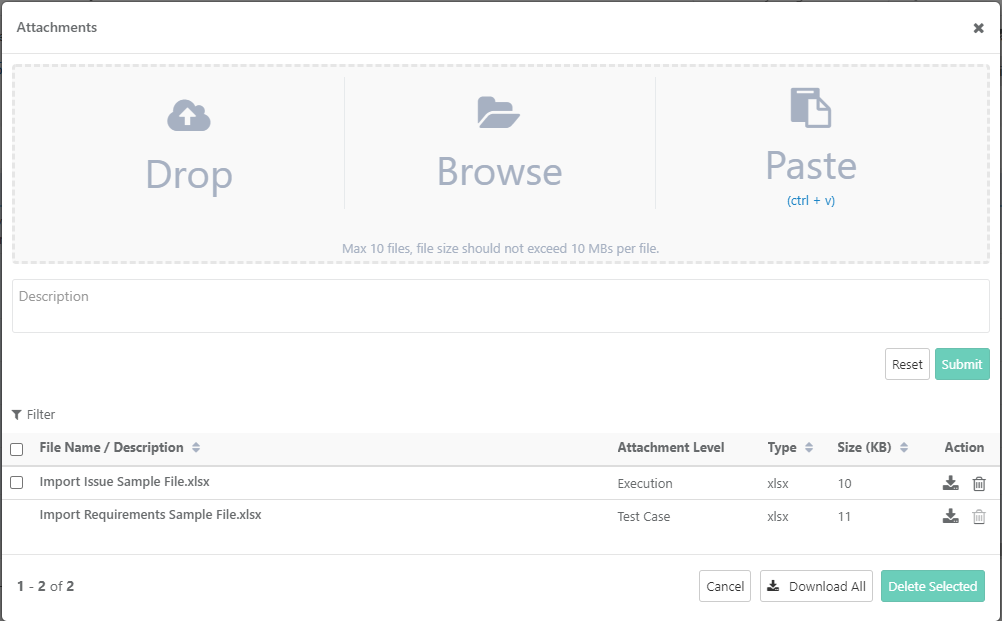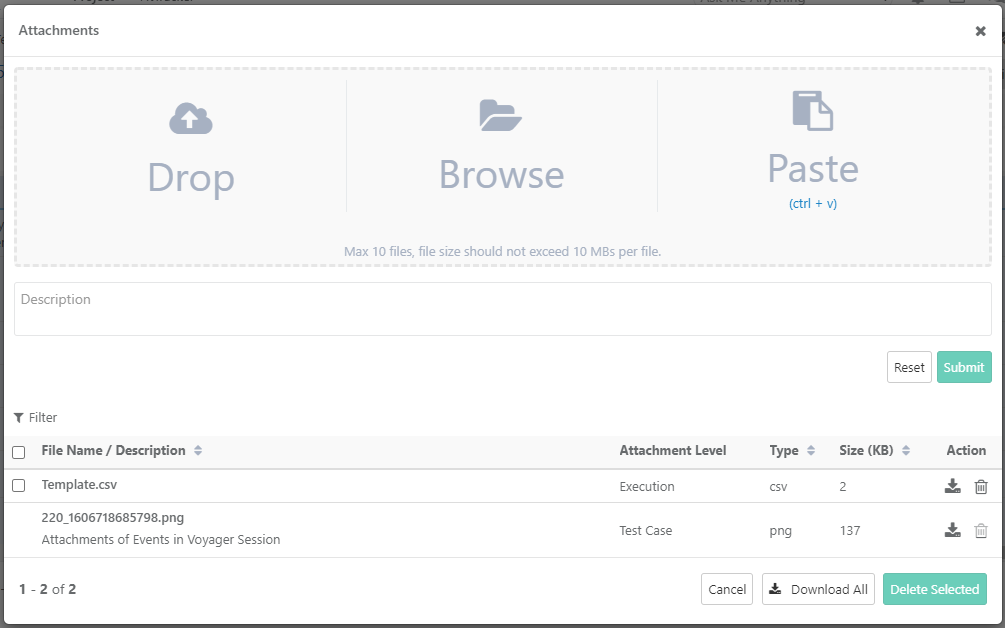| Table of Contents | ||
|---|---|---|
|
...
H. Apply Basic Filters and Advanced Filters
I. Test execution screen allows testers to resize test case columns to view complete details and saves it in the cache for future usage.
→ Execution Type: The Execution Type column is added to the Test Suite Execution screen so that the testers can mark the executions as Automated or Manual. The column remains hidden by default. Users have to make the column visible from the column list. By default the execution type is "Manual". Users can change the value by opening the drop-down menu and selecting the "Automated" type.
Use Case: Testers need to run particular test cases as Manually and Automated way. Sometimes testers have to manually mark the status of test cases on the Execution screen. Therefore, testers need an ability to mark the executions as Automated or Manual on the execution screen.
Users can also set Execution Type for bulk test cases at once. Refer to Bulk Operations section on this page.
Modify Execution Time Stamp
...
Setup vs. Attended Time
Users can enter Actual Setup Time and Actual Attended Time for each test case on the execution screen.
...
Users can add attachments to individual test cases as well as test steps.
Test Case Attachments
Attachment Level: The column indicates the level at which the attachments are added.
Test Case: The attachments are added from the Test Case module. Attachments added at the Test Case level can be downloaded. You can not delete the attachments added from the Test Case module.
Execution: The attachments are added from the Execution screen. Attachments added at the Execution level can be downloaded and deleted.
Test Step Attachments
Attachment Level: The column indicates the level at which the attachments are added.
Test Case: The attachments are added from the Test Case module. Attachments added at Test Case level can be downloaded. You can not delete the attachments added from the Test Case module.
Execution: The attachments are added from the Execution screen. Attachments added at Execution level can be downloaded and deleted.
You can download the attachment by clicking on the Download icon for the row. To download all the attachments in one go, click on the Download All button.
To delete an attachment click on the Delete icon for the row. To delete multiple attachments in one go, select the files you want to delete and click on the Delete Selected.
Delete Attachments:
To delete a single attachment, click on the Delete icon for that attachment.
To delete attachments, select and click on the Delete Selected button.
Download Attachments:
To download a single attachment, click on the Download icon for that attachment.
To download all attachments at a time, click on the Download All button. You can download the zip from the Schedule Task section that can be accessed by clicking on the icon on the application header.
The download activities on the Scheduled Tasks section appear with the respective module/level from where the download is triggered.
Read more about Managing Attachments.
...



